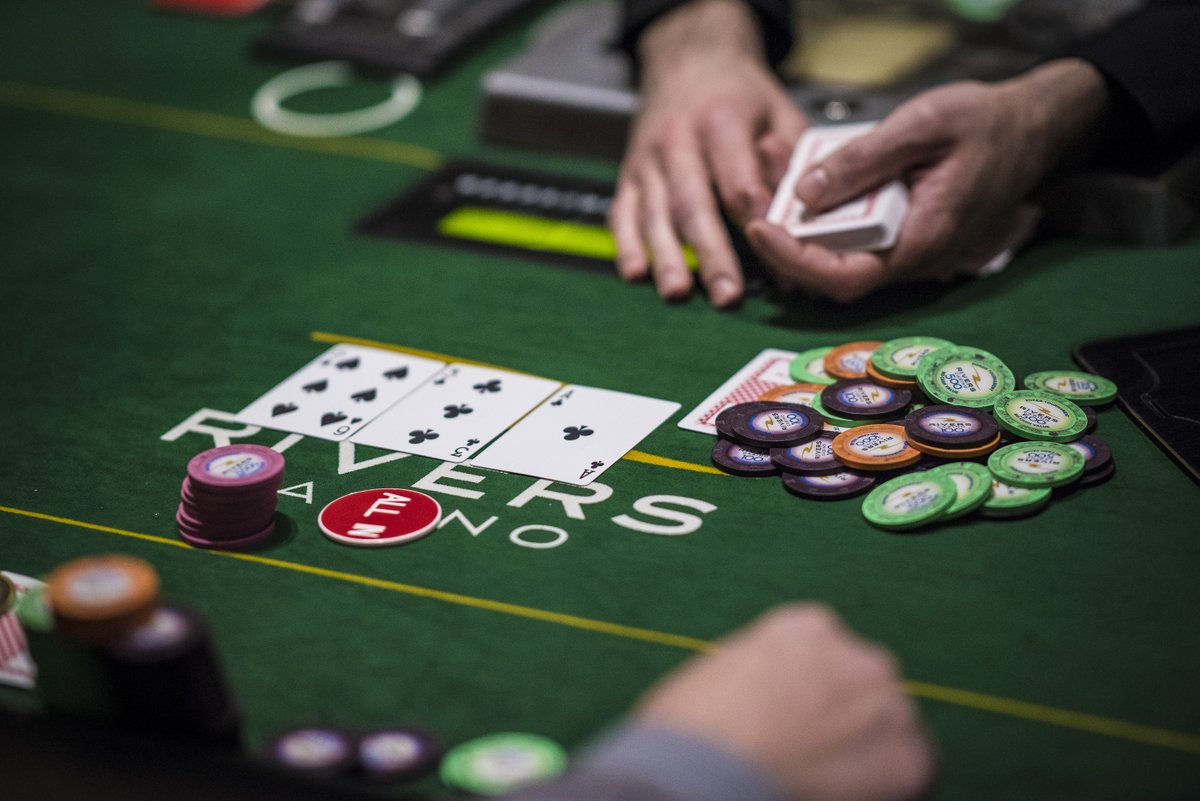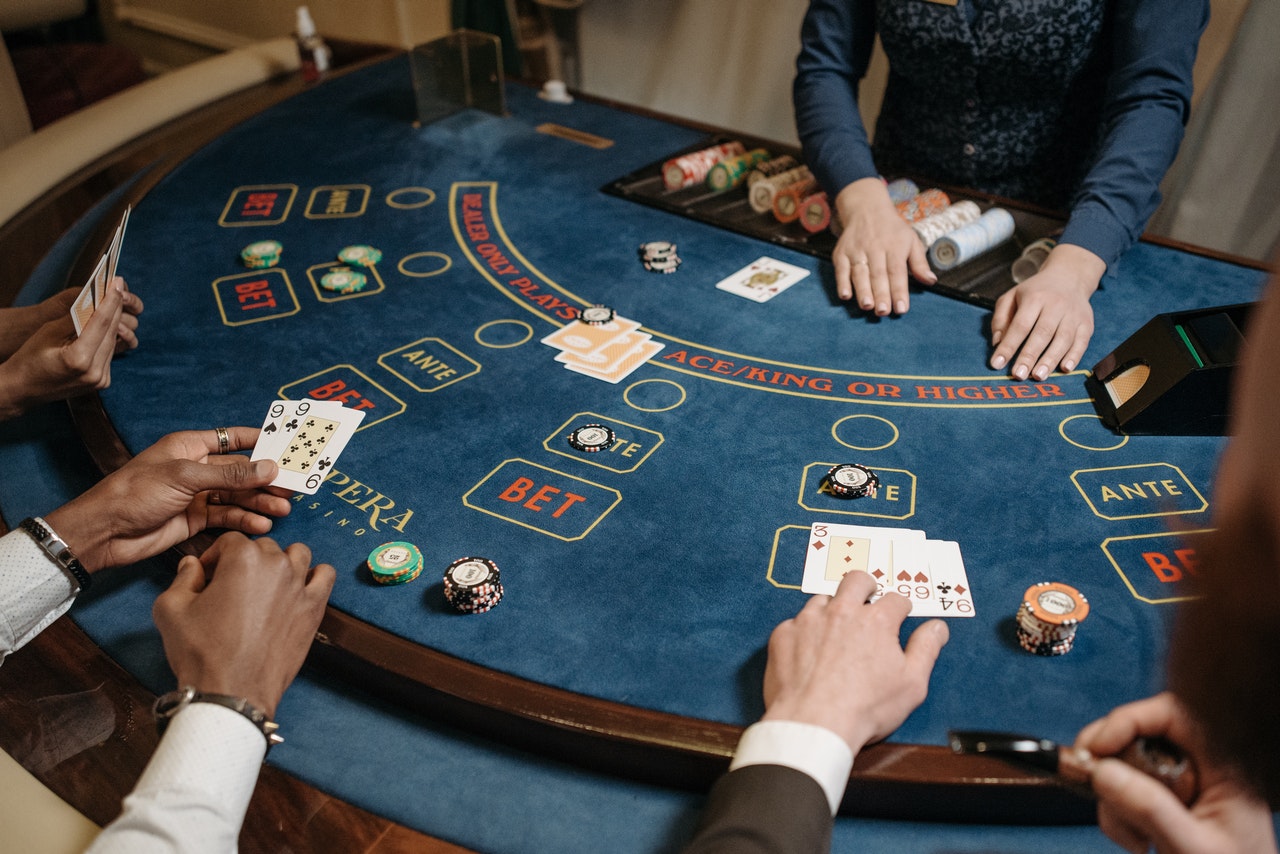Introduction
How Many Decks In Baccarat: Welcome to our guide on the number of decks used in Baccarat! Baccarat is a popular card game played in casinos worldwide, known for its elegance and simplicity. One crucial aspect that influences the dynamics of the game is the number of decks used during play.
Baccarat is played with either six or eight decks of standard playing cards. The purpose of using multiple decks is to increase the randomness of card distribution and minimise the impact of card counting strategies. By employing multiple decks, the likelihood of predicting the outcome based on the cards already played becomes significantly more challenging.
The number of decks affects the odds and house edge in Baccarat. Generally, the more decks in play, the higher the house edge becomes. This is because the additional decks decrease the player’s chances of winning on certain bets, such as the tie bet. However, the impact of deck size on gameplay and odds can vary between different Baccarat variations and casinos.
Understanding the role of deck size in Baccarat is essential for both beginners and seasoned players, as it allows for informed decision-making and a deeper appreciation of the game’s intricacies. So, let’s dive in and explore the fascinating world of Baccarat deck composition and its implications on your gaming experience.

Can you play baccarat with one deck?
If you can find a one-deck game of baccarat, play it! That’s because one-deck baccarat offers you the best possible chance of winning in baccarat. Banker bets in one-deck baccarat only give the house a 1.01% edge, which is one of the lowest in all of gambling.
While it is not common, it is possible to play Baccarat with a single deck of cards. However, it is important to note that playing Baccarat with only one deck significantly alters the dynamics and odds of the game.
With only one deck in play, card distribution becomes much more predictable. This increases the potential for card counting strategies and can give skilled players a significant advantage over the house. Consequently, many casinos do not offer Baccarat games with a single deck, as it poses a higher risk to their profitability.
Playing Baccarat with one deck also affects the probabilities of certain outcomes and can change the optimal strategy for players. For instance, the chances of achieving a tie result become higher with fewer decks, which impacts the payout ratios and overall gameplay dynamics.
While playing Baccarat with one deck may appeal to those seeking a more challenging and strategic experience, it is crucial to check the specific rules and availability of such games in your preferred casino. Most commonly, Baccarat is played with six or eight decks to maintain fairness and reduce the impact of card counting techniques.
How many decks are there in online baccarat?
Baccarat is played with either 6 or 8 decks of standard playing cards. This is true for all variants of the game unless otherwise stated.
The number of decks used in online Baccarat can vary depending on the specific online casino or platform. However, the most common practice in online Baccarat is to use six or eight decks, similar to the traditional land-based Baccarat games.
Online casinos aim to replicate the authentic casino experience, and using multiple decks helps maintain fairness and prevent card counting strategies. The use of virtual decks ensures that the card distribution is randomized and that players cannot predict the outcomes based on previous cards dealt.
It is important to note that different online casinos may have their own rules and variations of Baccarat, including the number of decks used. Therefore, it is always advisable to review the specific rules and details provided by the online casino before playing Baccarat online. These details can usually be found in the game’s rules or information section provided by the online casino or within the game interface itself.
What is the rule of 3 in baccarat?
Three Card Baccarat features head-to-head play against the dealer and three optional bonus wagers—Dragon Bonus, 3 Kings, and Tie. count as one, 2-9 count as their face value and 10-value cards count as zero. In the event the total exceeds 10 points, you eliminate the 10-column.
In Baccarat, the rule of 3 refers to a set of specific rules that dictate whether the Player or Banker hand will receive a third card. The rules of drawing the third card can be complex, but they are predetermined and followed strictly.
Here is a simplified version of the rule of 3 in Baccarat:
- If either the Player or Banker hand has a total of 8 or 9 after the initial two cards are dealt, no further cards are drawn, and the hand with the higher total wins.
- If the Player hand has a total of 5 or less, it must draw a third card.
- If the Player handstands (does not draw a third card), the Banker hand follows a specific set of rules based on the Player’s third card:
- If the Banker hand has a total of 2 or less, it must draw a third card.
- If the Banker hand has a total of 3, it draws a third card unless the Player’s third card is an 8.
- If the Banker hand has a total of 4, it draws a third card unless the Player’s third card is a 0, 1, 8, or 9.
- If the Banker hand has a total of 5, it draws a third card if the Player’s third card is a 4, 5, 6, or 7.
- If the Banker hand has a total of 6, it draws a third card if the Player’s third card is a 6 or 7.
- If the Banker hand has a total of 7, it stands and does not draw a third card.
These rules are implemented to maintain fairness and consistency in the game, ensuring that the drawing of the third card is based on predetermined guidelines rather than subjective decisions.
Is there skill in baccarat?
Baccarat is an exciting game of pure chance. While it’s portrayed as formal and elegant in the movies – James Bond’s favourite! – it’s actually an easy, slow-paced game that’s great for new players; there’s no strategy or skill needed. Plus, Baccarat offers some of the best odds in the casino.
In Baccarat, the element of skill is relatively limited compared to other casino games. Baccarat is primarily a game of chance, and the outcome is predominantly determined by luck rather than skill. The players’ decisions are generally restricted to placing bets on the Player, Banker, or Tie, with no control over the actual gameplay or card distribution.
Some players may argue that there are certain strategies or betting systems that can be employed to manage their bankroll or maximize their chances of winning. These strategies often involve making informed decisions about betting amounts, taking into account the odds and payout ratios associated with different bets. However, it is important to note that no strategy can guarantee consistent wins in Baccarat, as the game’s outcome is ultimately determined by random card distribution.
While there may be some elements of skill in managing bets and bankroll, the impact of these skills is relatively minor compared to other games where player decisions have a more significant influence on the outcome. Baccarat remains primarily a game of luck, where players rely on chance rather than skill to determine their success.

How many decks do you use in baccarat?
Baccarat shall be played with six to eight decks of cards that are identical in appearance and two cover cards. (b) The decks of cards opened for use at a Baccarat table shall be changed after the play of each dealing shoe.
In traditional Baccarat games, either six or eight decks of standard playing cards are typically used. The decision of whether to use six or eight decks depends on the specific casino and their preferred rules.
Using multiple decks in Baccarat serves the purpose of increasing randomness and reducing the impact of card counting strategies. With more decks in play, it becomes harder for players to predict the outcome based on the cards that have already been dealt. This helps maintain the integrity of the game and ensures fairness for all players.
It is worth noting that the number of decks used in Baccarat can vary in certain variations or special versions of the game. Some casinos may offer mini-Baccarat, which uses fewer decks, often just one or two, to create a faster-paced and more accessible version of the game. However, the six or eight-deck Baccarat games are the most common and widely recognized standard versions played in most casinos.
Which hand wins most frequently in baccarat?
In Baccarat, the Banker’s hand will win 45.8% of the time, slightly higher than the Player’s hand at 44.6%. Ties win 9.6% of the time. When factoring out the tie, the Banker’s hand wins about 51 percent of the time.
The hand that wins most frequently is the Banker hand. Statistically, the Banker hand has a slightly higher probability of winning compared to the Player hand. This is primarily due to the rules that govern the drawing of additional cards.
The rules for drawing a third card in Baccarat can be complex, but generally, the Banker hand has a slight advantage. The Banker hand is often favored because it has the advantage of drawing the third card after the Player hand has already made its move. This creates a scenario where the Banker hand can adjust its strategy based on the outcome of the Player hand.
It is important to note that even though the Banker hand has a higher win frequency, the payouts for winning Banker bets are usually slightly lower than those for winning Player bets. This is because casinos charge a commission, typically 5%, on winning Banker bets to compensate for the slight advantage that the Banker hand enjoys.
Overall, while the Banker hand wins more frequently in Baccarat, it is still a game of chance, and both hands have their own probabilities of winning in any given round.
Are there any advantages or disadvantages associated with playing Baccarat with fewer decks compared to more decks?
Playing Baccarat with fewer decks compared to more decks has both advantages and disadvantages.
Advantages of playing with fewer decks include increased predictability and potential for strategic advantage. With fewer cards in play, it becomes easier to track and remember the cards that have already been dealt. This can provide skilled players with an opportunity to employ card counting strategies, potentially giving them an edge over the house. Additionally, the likelihood of achieving tie results may increase, affecting the odds and potential payouts for tie bets.
There are also disadvantages to playing with fewer decks. The decreased number of cards reduces the overall randomness of the game, potentially making it easier for casinos to detect and prevent card counting. Furthermore, the house edge tends to be lower in games with fewer decks, which can result in lower payouts and potentially limit the profitability of these games for casinos.
Ultimately, the choice between playing with fewer or more decks in Baccarat depends on personal preference and playing style. Some players may enjoy the added challenge and strategic opportunities of fewer decks, while others may prefer the increased randomness and lower house edge associated with more decks.
Can the number of decks in Baccarat affect specific bets, such as the tie bet? If so, how?
The number of decks in Baccarat can indeed affect specific bets, including the tie bet. The tie bet is a wager on both the player and the banker hands ending in a tie, where the two hands have the same total value.
When playing Baccarat with a larger number of decks, such as six or eight decks, the probability of a tie decreases. This is because the more decks there are, the greater the variety and distribution of cards, making it less likely for the player and banker hands to have the same total value. As a result, the payout ratio for a winning tie bet is typically higher in games with a larger number of decks, compensating for the lower probability.
When playing Baccarat with fewer decks, such as one or two decks, the probability of a tie increases. This is due to the limited number of cards available, making it more likely for the player and banker hands to tie. Consequently, the payout ratio for a winning tie bet is often lower in games with fewer decks.
It is essential for players to consider the number of decks in play when deciding whether to place a tie bet, as it directly influences the odds and potential returns associated with this specific wager.

Conclusion
The number of decks used in Baccarat is a crucial factor that significantly influences the gameplay and odds of the game. Whether it is played with six or eight decks, the primary purpose of using multiple decks is to enhance randomness and prevent card counting strategies from giving players an unfair advantage.
The choice of deck size also affects the house edge in Baccarat. Generally, a larger number of decks increases the house edge, making it slightly more challenging for players to win certain bets, such as the tie bet. It is important for players to be aware of this impact and adjust their strategies accordingly.
It is worth noting that the influence of deck size can vary depending on the specific Baccarat variation and the rules set by different casinos. Therefore, it is always advisable to familiarise yourself with the rules and variations of Baccarat in the particular casino you are playing in.
Understanding the significance of deck size in Baccarat allows players to make more informed decisions and enhances their overall gaming experience. Whether you are a novice or an experienced player, considering the number of decks used in Baccarat will undoubtedly contribute to your enjoyment and success in this captivating card game.










